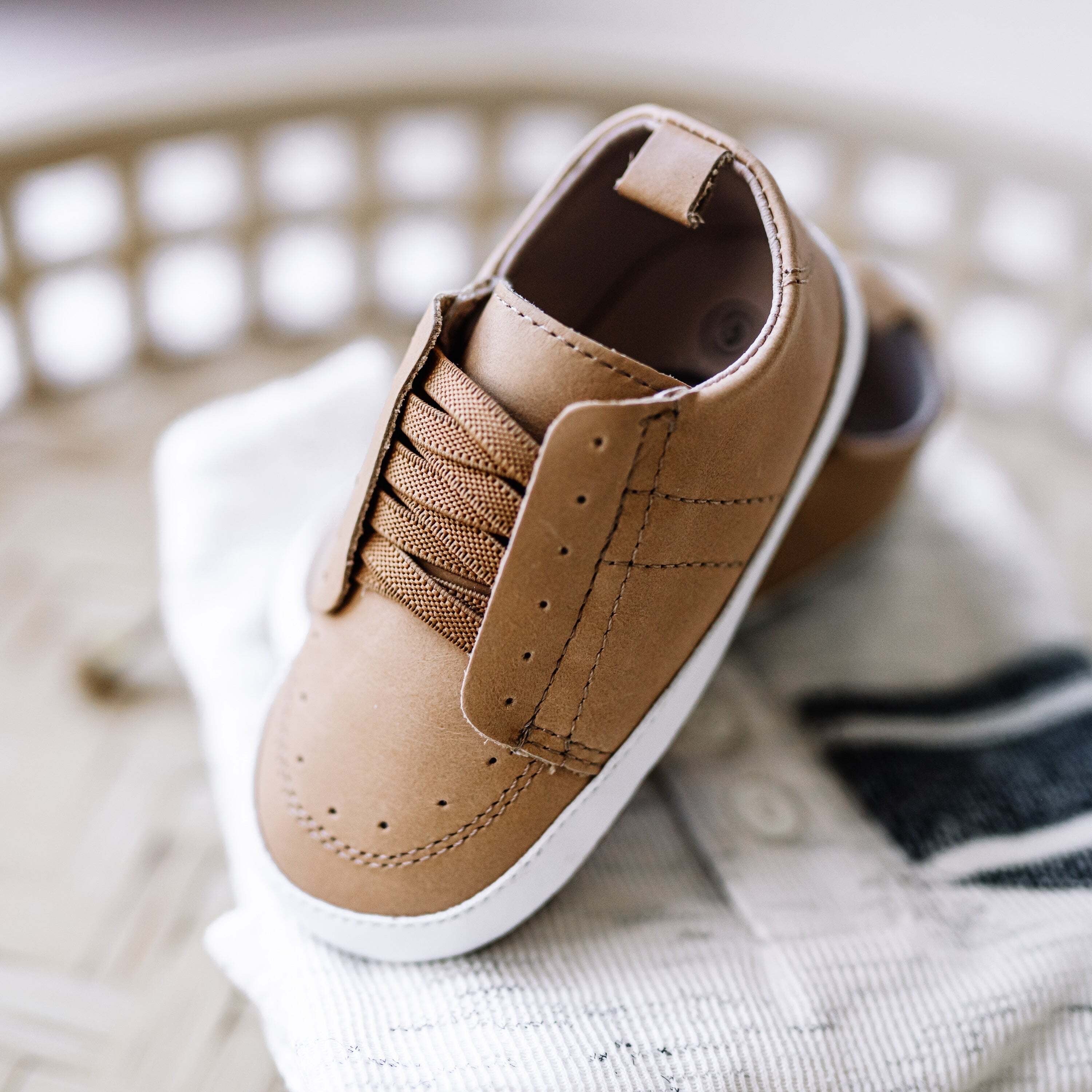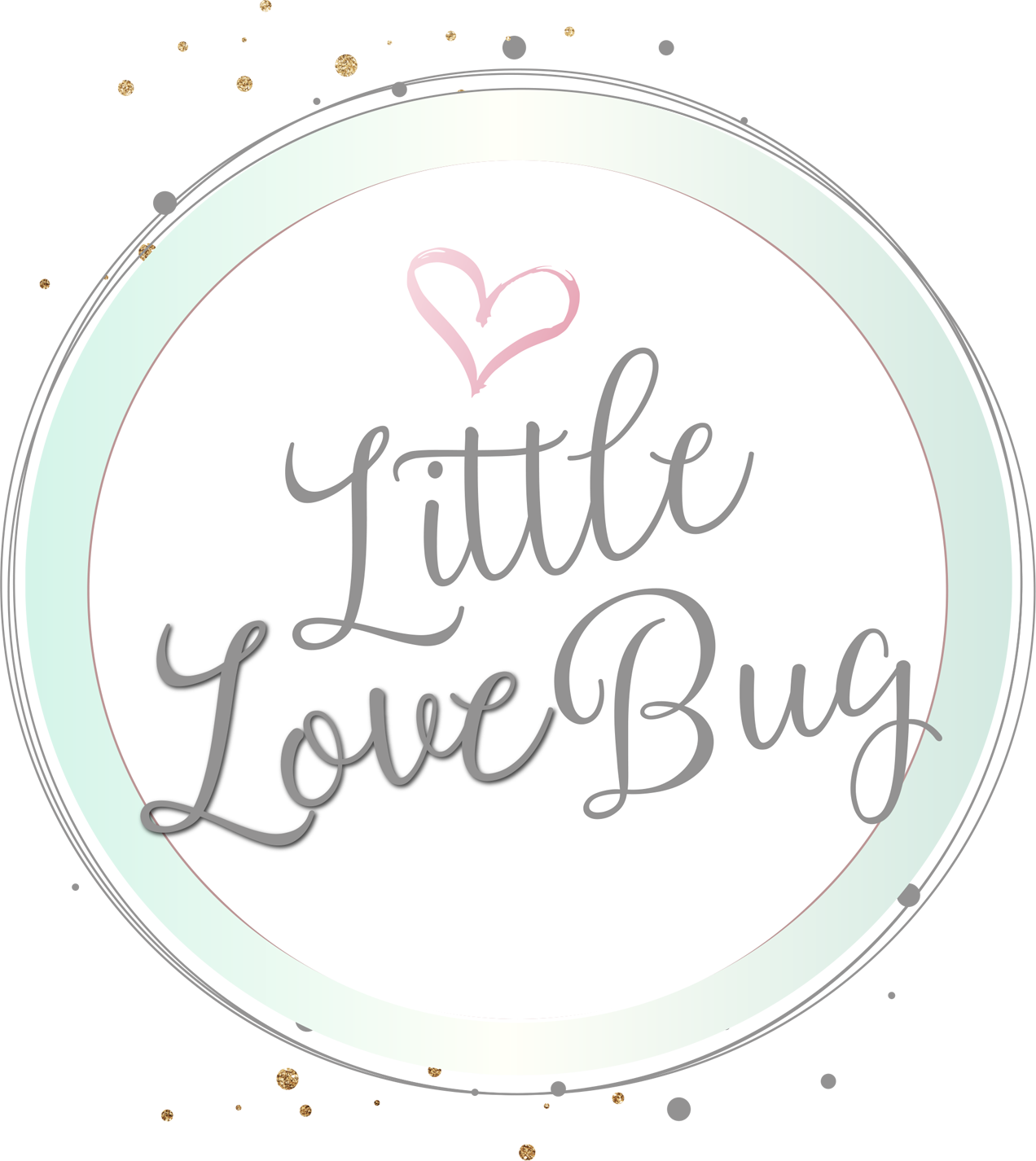
By Wendy Wisner Medically reviewed by Sarah Rahal, MD on March 26, 2020
Article Very Well Family
You may have noticed that your newborn is a funny little creature with a few inborn quirks. For example, if you touch the corner of your newborn’s mouth, they will often turn right toward you, rooting and looking for food—whether you are ready to feed them or not! This is just one of many newborn reflexes that your baby was born with, and that remains strong for the first few months, and up to the first two years of life.
One of the most fascinating reflexes is the Babinski reflex, or plantar reflex, which is stimulated when the bottom of your baby’s foot is touched. If you gently stroke the sole of your newborn’s foot, you’ll probably notice that their big toe extends upward and the rest of their toes flare out.
Like the handful of other newborn reflexes your baby was born with, the Babinski reflex is normal, and indicates that your baby has a healthy central nervous system and is developing well.
Newborn Reflexes Are Your Infant's Involuntary Movements
What Is the Babinski Reflex?
The Babinski reflex is named after neurologist Joseph Babinski, who first described the reflex in 1896. The Babinski reflex is sometimes also referred to as the plantar reflex, extensor plantar reflex, or the Babinski sign.
Since its discovery, testing the Babinski reflex has become a common part of newborn and infant examinations throughout the world. It can easily be tested in a newborn simply by stimulating the bottom of the foot. A positive Babinski sign in a newborn is where the big toe extends upward and the rest of the toes flare out.
In-Hospital Procedures for Newborns
A baby sometimes exhibits a reflex where the toes curl downwards instead of fanning out when the side of the heel is stroked. This is also completely normal. The only concerning sign is if the reflex looks different on each foot, which may indicate a neurological issue. Likewise, because the Babinski reflex is normally fully outgrown once a baby is 24 months old, signs of the Babinski reflex in older children or adults may indicate a neurological impairment.
Signs of a Healthy Babinski Reflex
Your doctor will test your baby’s Babinski reflex when your baby is first born and at some or all of their well check-ups. They will be testing the Babinski reflex along with several other normal newborn reflexes.
The Different Reflexes Your Newborn's Doctor Will Test
Some of the other newborn reflexes your doctor will test include:
- Rooting Reflex: This is one of the reflexes that has to do with feeding. When your baby’s cheek or the corner of their mouth is stroked or touched, your baby will move their head toward the stimulus and then begin to root. The rooting reflex helps your baby latch onto the breast or bottle, and is usually outgrown by four months.
- Moro Reflex: The Moro reflex is also often referred to as the “startle reflex.” Any sudden or loud sound can trigger this reflex in your baby. Your baby will respond by startling, extending their head backwards, raising their arms and legs up into the air, crying, and then folding their arms and legs back in. The Moro reflex is usually outgrown by four months.
- Stepping Reflex: If you hold your baby upright on a solid surface, you may notice that your baby begins to take a few steps! It’s pretty amazing, but doesn’t mean that your newborn is ready to walk. It’s just a reflex, but some experts believe it prepares your little one for their future adventures in walking. This reflex is usually outgrown at two months.
- Tonic Neck Reflex: Often referred to as the “fencing reflex,” the tonic neck reflex is stimulated when your baby turns their head to one side. The arm on the side they turned their head to will stretch out, and the arm on the opposite side will bend up at the elbow. This reflex usually diminishes by 5-7 months.
- Sucking Reflex: Another reflex that aids in feeding, the sucking reflex is stimulated anytime you place an object in your baby’s mouth. Whether it’s a breast, bottle, pacifier, or even your finger, your baby will begin to suck. Babies are also known to suck on their own fingers—really anything they can get into their mouth is fair game. The suck reflex begins to form even before your baby is born—at about 32 weeks gestation—which is why babies will often suck on their fingers in utero.
- Palmar Grasp Reflex: Your baby’s feet aren’t the only extremities that respond to stimuli with a reflexive reaction. Your baby’s hands do, too. Referred to as the “grasping reflex,” if you touch the palm of your newborn’s hand, you’ll notice that their fingers will grasp your hand. This reflex is usually outgrown by 5 or 6 months.
Signs of a Normal Babinski Reflex in Newborns
To test your baby’s Babinski reflex, your doctor will stroke the bottom of your baby’s foot. They will either use their finger or a gentle tool such as a reflex hammer. They will usually start at the heel of your baby’s foot and work their way upward.
Once the foot is stimulated:
- Your baby’s big toe will extend upward, away from the foot
- The rest of your baby’s toes will flare, or fan out
How Long Does the Babinski Reflex Last?
Your baby’s Babinski reflex is strongest in their first nine months, and will usually diminish by 12 months. It’s normal for your baby to have a positive Babinski reflex up to two years old.
Abnormal Babinski Reflex: When to Be Concerned
Again, the Babinski reflex is totally normal for babies up to two years old. In rare cases, your baby or older child may have an abnormal Babinski reflex; adults may have issues with their Babinski reflex as well.
Signs of Abnormal Babinski Reflex
In children older than two years old and in adults, there should be no signs of the Babinski reflex upon stimulation of the sole of the foot. When the bottom of the foot in stimulated in an older child or adult, the toes should curl downward. If the big toe extends upward and the toes flare out as they do for infants and children under two, this may indicate a concerning medical condition.
What Causes Abnormal Babinski Reflex?
Older children or adults who have a present Babinski reflex may have an underlying disorder of their central nervous systems. Some of the possible disorders indicated by a persistent Babinski reflex include:
- Lou Gehrig's disease (amyotrophic lateral sclerosis)
- Meningitis
- Multiple sclerosis
- Brain tumor
- Brain injury
- Spinal cord injury
- Spinal cord defect
- Spinal cord tumor
- Stroke
Should You Be Concerned?
It is always wise to contact your doctor with any concerns you may have about your child’s development. They are there to help you. If there is anything wrong with your child, your doctor will help you take the proactive steps needed to diagnose and treat any issues your child may have so that they can live a full and healthy life.
When Should You Call Your Pediatrician?
A Word from Verywell
When you first meet your new baby, you may be unprepared for some of the strange little reflexes they are born with, such as the Babinski reflex. In fact, some parents even think that some of the jerky movements their babies are prone to are indications of an issue.
Knowledge is power here. Learning about your newborn’s reflexes—what they look like, how they are stimulated, and how long your baby is likely to have them—should put your mind at ease.
Remember, too, that you shouldn’t sort this all out alone. If you feel confused about any aspect of your baby’s behavior, or would like to know where to find more information about what to expect, your baby’s pediatrician is an excellent resource. They want to answer all of your questions—big and small—and you shouldn’t hesitate to bring up any concerns you may have about your baby’s health or well being.



